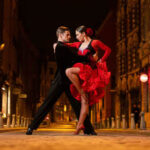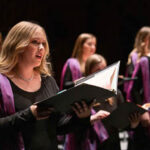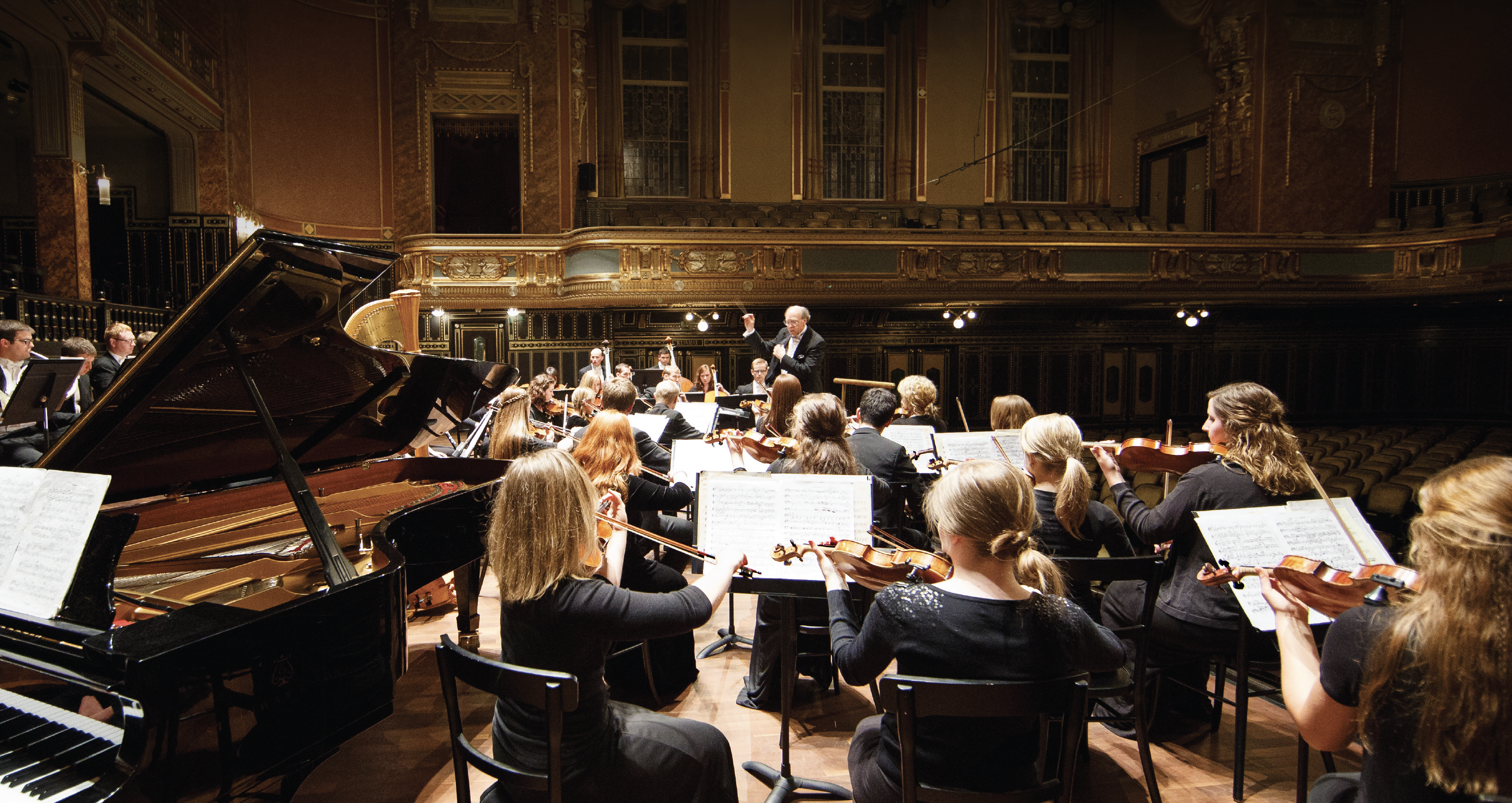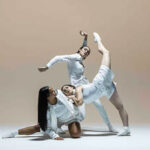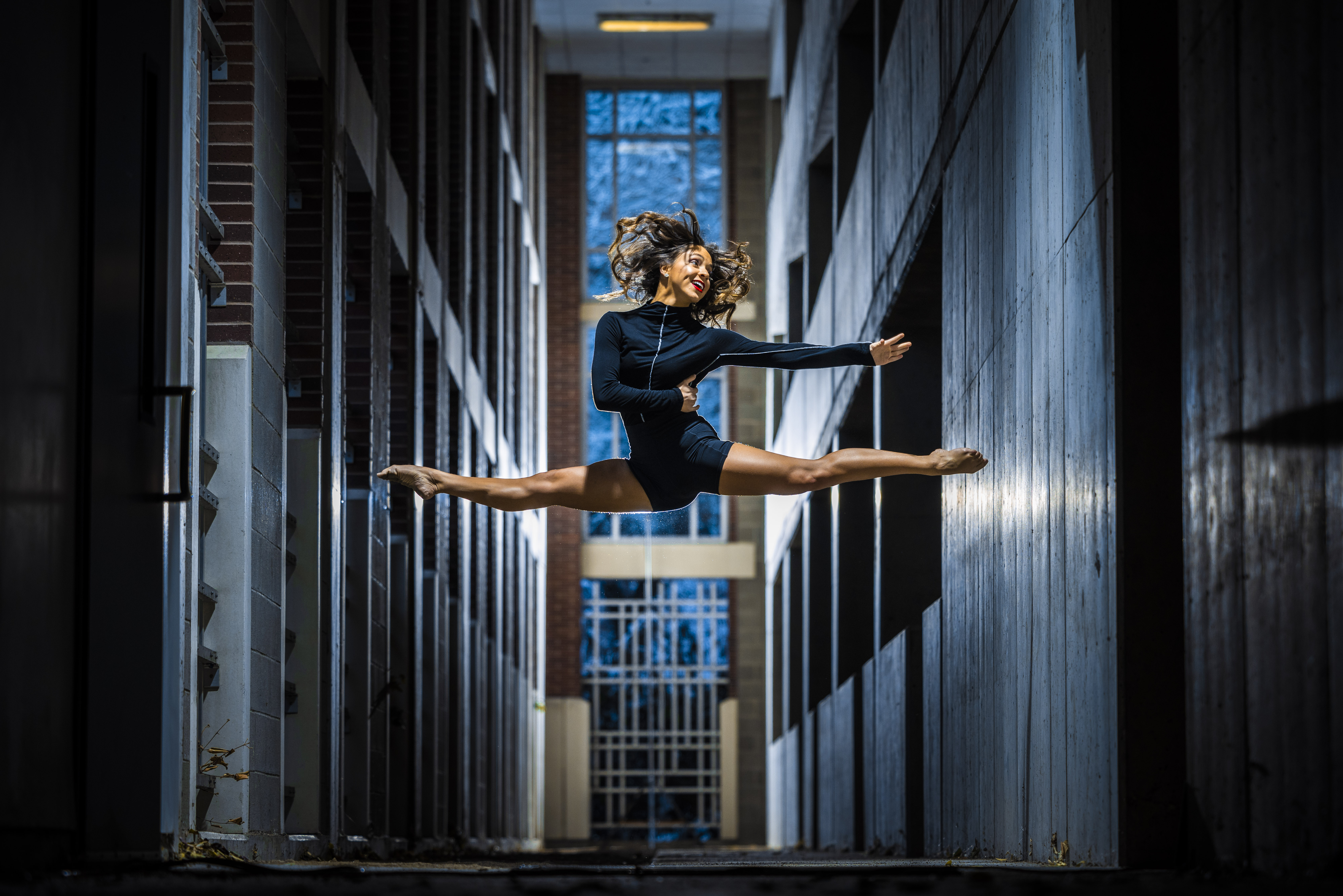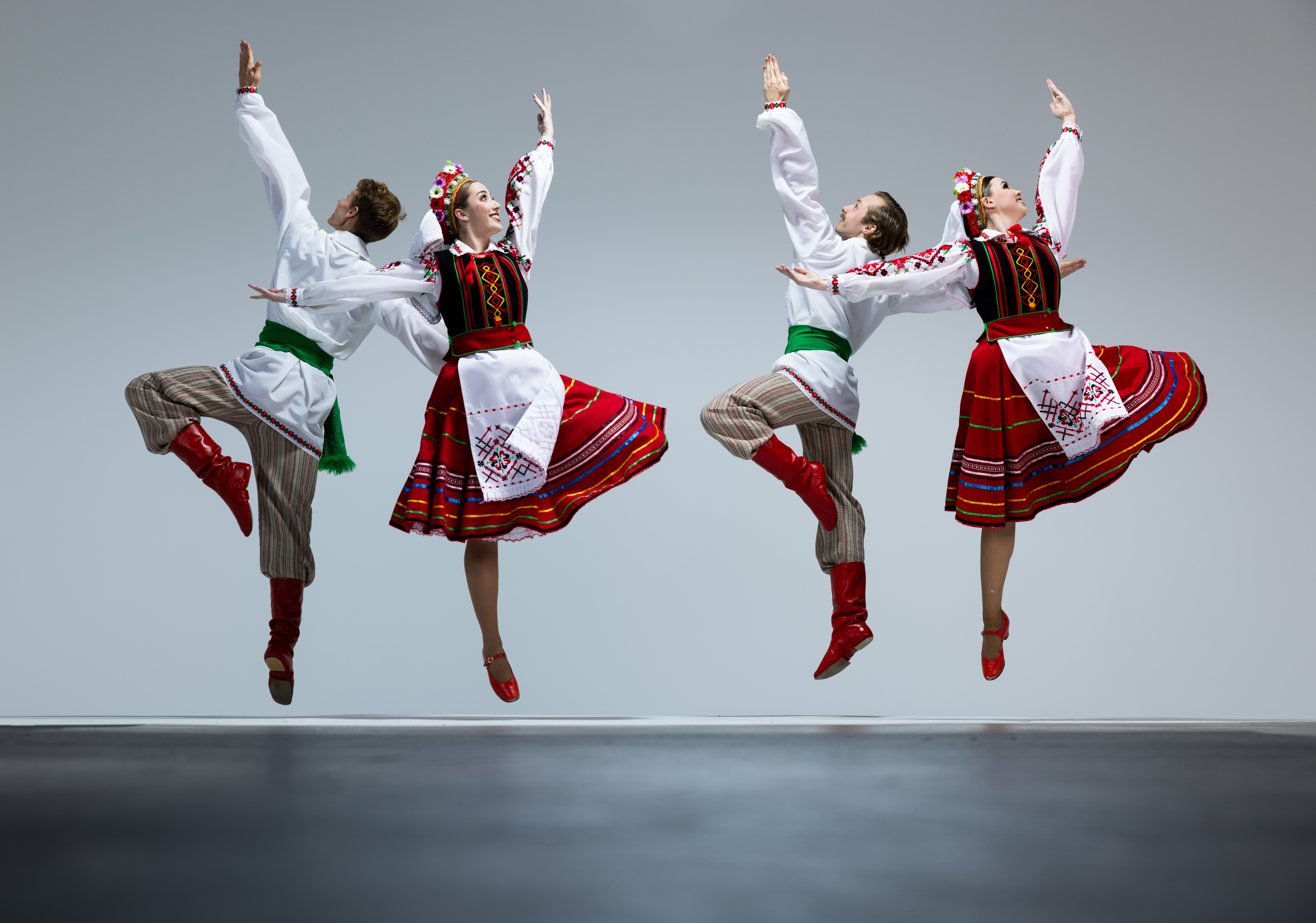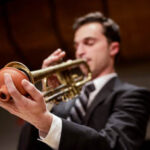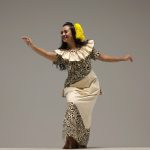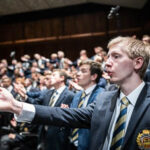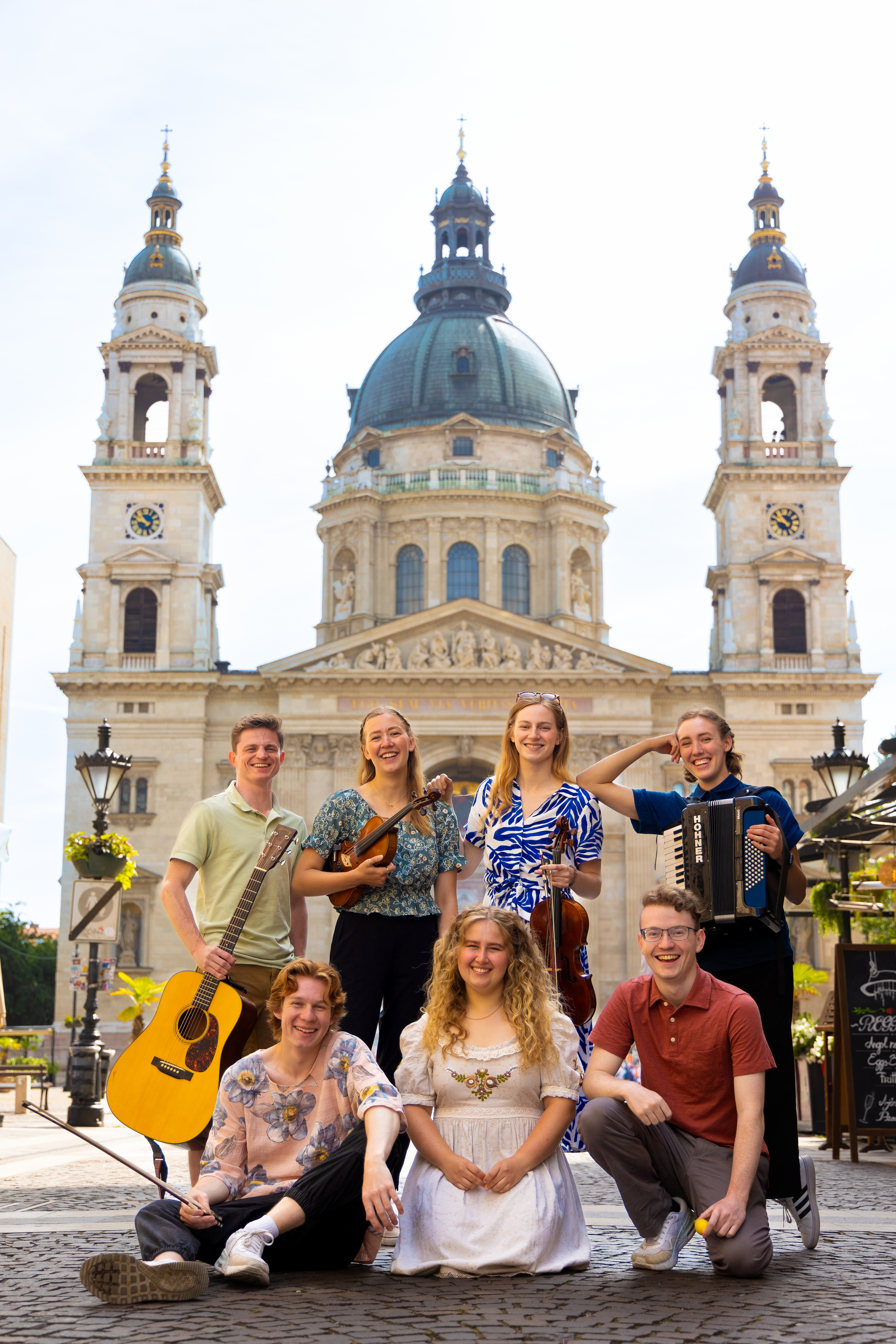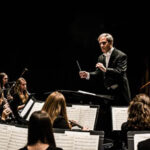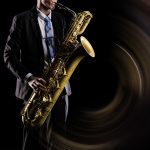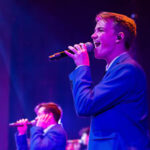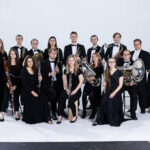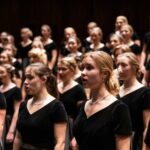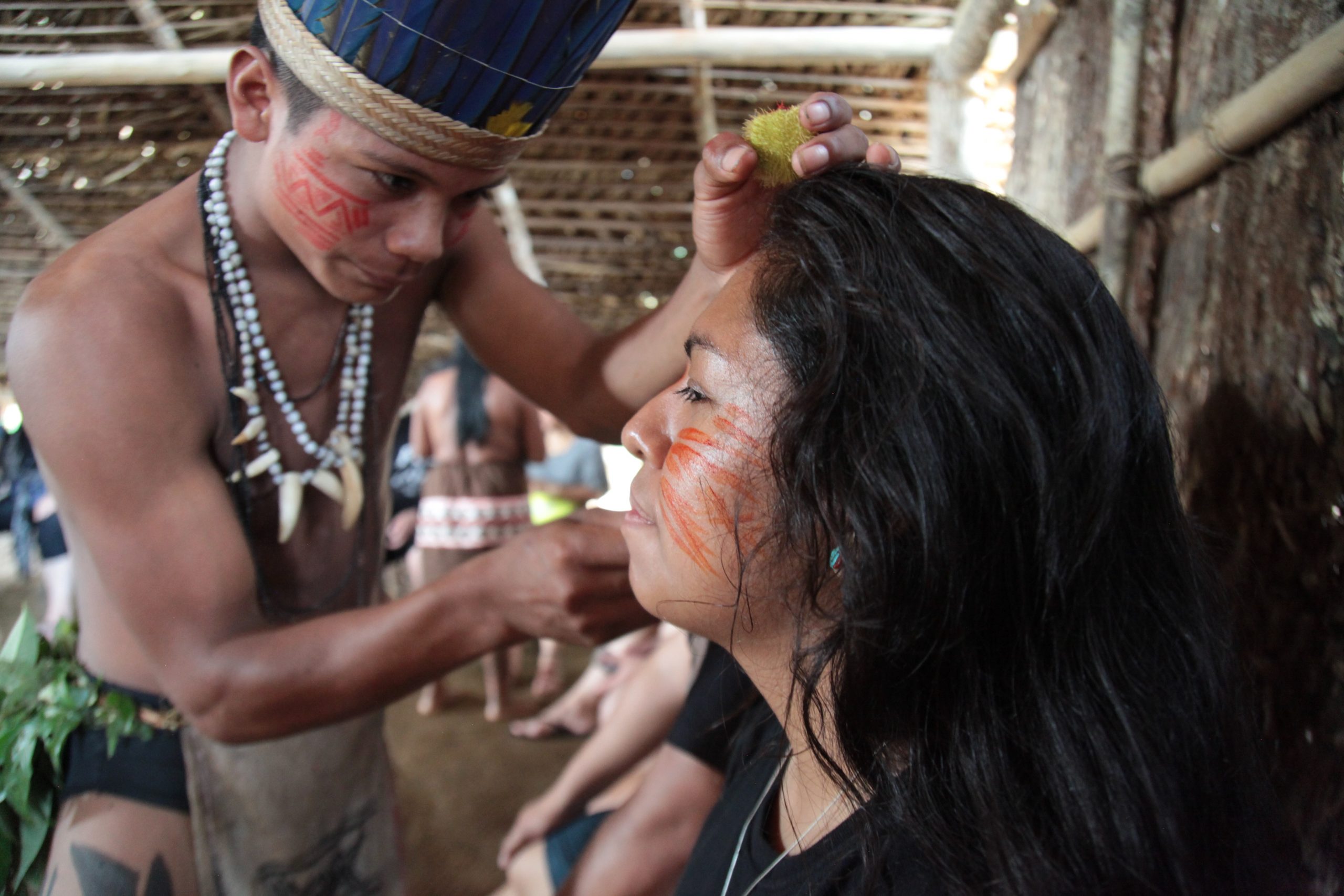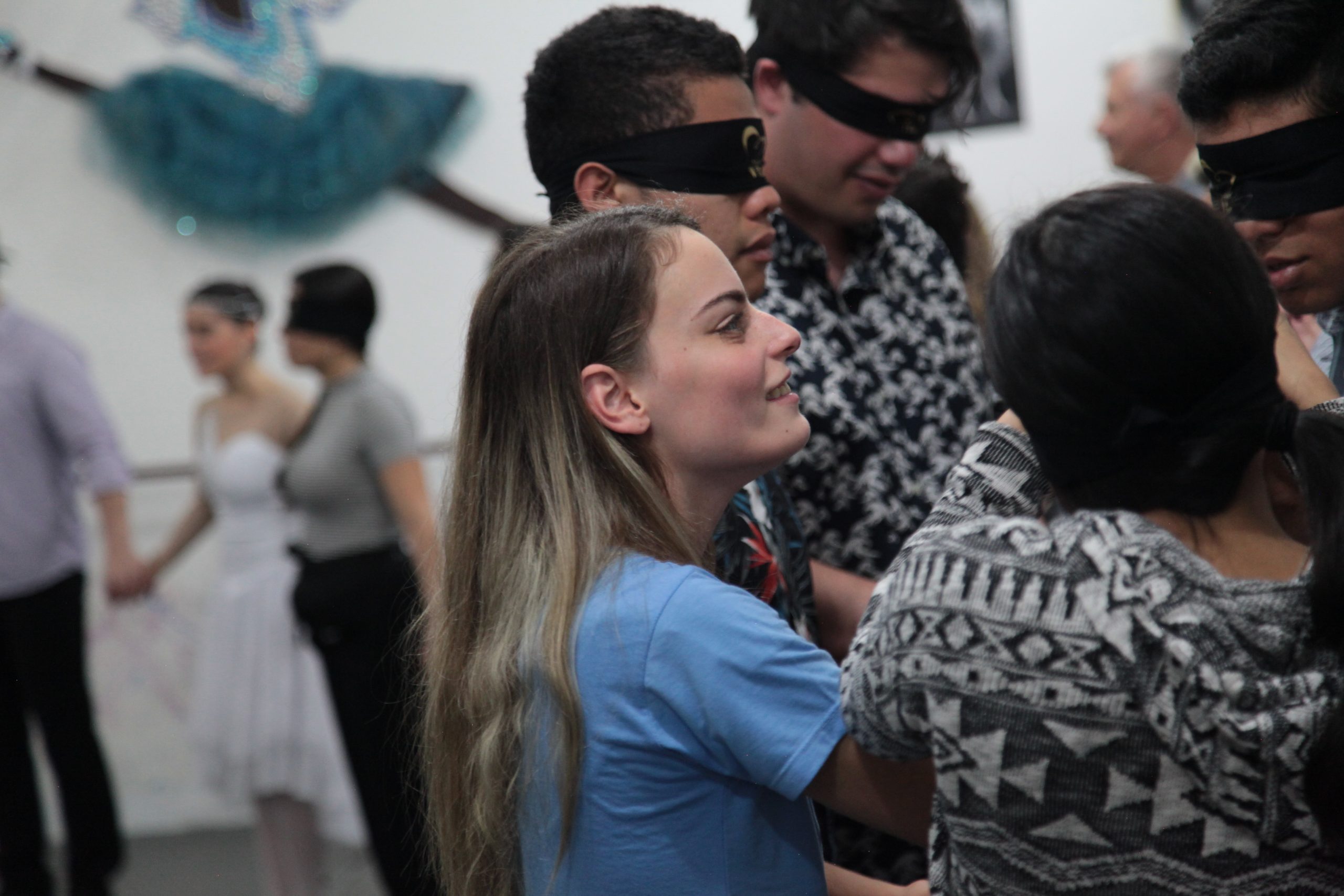
Living Legends dancer Marypaz Cuessy exits the stage during the group’s performance in São Paulo, Brazil.
Looking out over Brazil’s Iguaçu Falls, BYU Living Legends students paused to take in the beauty of the world’s largest waterfall system. This picture-perfect scene was only a small part of the three-week tour in May that traversed much of Brazil. Throughout the tour, Living Legends members shared their Native American, Polynesian, and Latin American heritages through song, dance, and service for community members and leaders.
In three of the seven cities the group visited, their performances were groundbreaking because it was the first time a BYU student group performed there. Such was the case in the city of Foz do Iguaçu, near Iguaçu Falls.
During the tour, Living Legends was able to connect with audiences by delivering the entire performance in Portuguese, with a combination of prerecorded narration and live vocals. They also provided a few free performances throughout the tour to make the show more accessible. This greater access for audience members allowed both performers and attendees to create a strong connection with each other.
“The people of Brazil were extremely welcoming and so happy that we were there,” says Living Legends member Sunni Begay. “They were so humble and kind, and I looked forward to meeting them after every show. That part made the hard work worth it.”
This international tour was an opportunity for BYU students to perform in some of the finest venues in the country yet still provide service along the way. One example of this service happened in Foz do Iguaçu. The local stake of The Church of Jesus Christ of Latter-day Saints collaborated with community leaders from the mayor’s office to allow audience members entrance to the show by exchanging one kilogram (about two pounds) of nonperishable food for one show ticket. “This performance was really special. So many people came to this concert; it was definitely one of our larger concerts,” says Begay. “People were excited to see the group come out of the curtains. And it was so loud! I was amazed at how people wanted to support such a great cause.”
In other cities, Living Legends was able to make connections through cultural exchanges. In São Paulo, students visited the Associação Fernanda Bianchini, a special dance school for the blind. While there, group members were blindfolded and led through a dance number by visually impaired students to learn the process for how to dance while being visually impaired. In Manaus, the group visited an orphanage, where they danced, talked, and played with children ranging from the ages of 10 months to 12 years.
“I loved getting to serve people,” says Living Legends member Ivan Hala‘ufia. “It’s one thing to perform and bring light that way, but it’s so much better being able to bring light person to person.”

